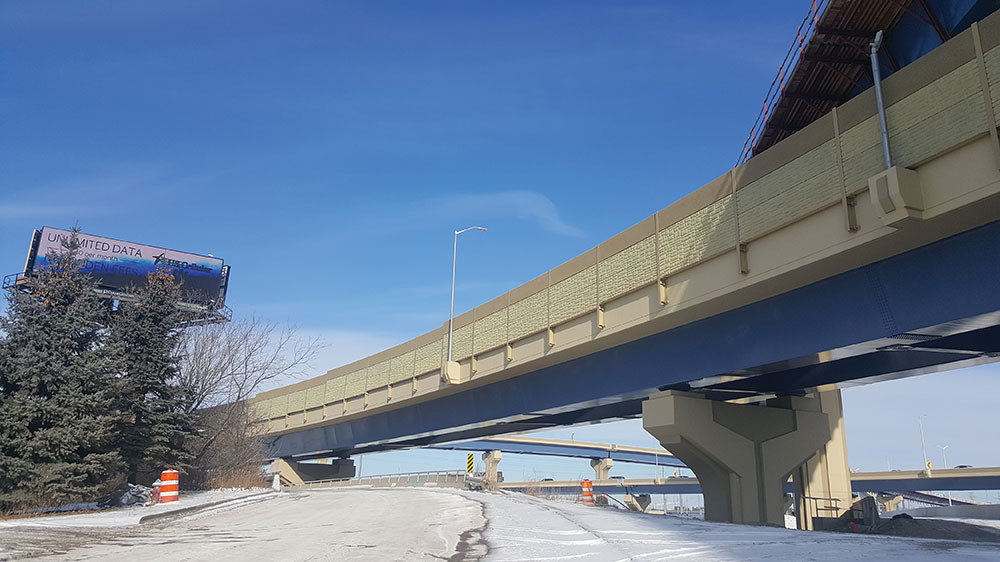Understanding Serrated Bar Grating A Comprehensive Overview
When it comes to industrial applications, efficient materials management and structural stability are paramount. One of the innovative solutions that have emerged in the realm of flooring elements and walkways is serrated bar grating. This unique type of grating not only provides a safe walking surface but also contributes to effective drainage, strength, and longevity. In this article, we will explore what serrated bar grating is, its applications, benefits, and considerations for selection and installation.
What is Serrated Bar Grating?
Serrated bar grating is a high-strength, lightweight product made from steel, aluminum, or fiberglass. It consists of a series of flat bars that are perpendicular to bearing bars, which are serrated (cut with a sharp edge). This serration provides extra traction, making the grating an ideal choice for environments where slip resistance is critical.
The production process of serrated bar grating typically involves welding or mechanically fastening the bars together. It is available in various sizes, profiles, and finishes, allowing for customization to meet specific industrial needs. Common configurations include welded, riveted, or swaged types, each depending on the application requirements.
Applications of Serrated Bar Grating
Serrated bar grating is widely utilized across various sectors due to its versatility and durability. Some common applications include
1. Walkways and Flooring Due to its slip-resistant nature, serrated bar grating is often used in pedestrian walkways, platforms, and catwalks in industrial environments, enhancing safety and reducing the risk of accidents.
2. Draining Systems The open design of the grating allows water and debris to drain effectively, making it suitable for use in drainage trenches, sewage treatment plants, and areas prone to water accumulation.
3. Heavy Machinery Access The sturdy construction of serrated bar grating supports heavy loads, making it ideal for areas with heavy machinery, such as warehouses or manufacturing plants.
4. Wastewater Treatment Its corrosion-resistant properties (when made from certain materials) make serrated bar grating suitable for use in harsh environments like wastewater facilities.
5. Cooling Towers and Rooftops Serrated grating is often used on rooftops or within cooling towers where drainage and air circulation are essential, allowing for both structural support and environmental efficiency.
Benefits of Serrated Bar Grating
The selection of serrated bar grating comes with numerous advantages
serrated bar grating

- Enhanced Safety The serrated surface significantly improves traction, reducing the likelihood of slips and falls, which is particularly important in wet or oily environments.
- Lightweight and Strong Despite its lightweight nature, serrated bar grating can support heavy loads without sacrificing structural integrity, providing a robust solution for various applications.
- Low Maintenance The materials used in serrated grating are typically resistant to corrosion and weathering, ensuring durability with minimal maintenance requirements.
- Customizable Options It can be manufactured in various sizes and configurations, allowing businesses to tailor products to meet specific operational needs.
- Cost-Effectiveness The longevity and low upkeep costs associated with serrated bar grating often result in overall cost savings for businesses.
Considerations for Selection and Installation
When selecting serrated bar grating, a few considerations should be kept in mind
- Load Requirements It is crucial to assess the expected load and choose the appropriate thickness and grade of the grating to ensure safety and durability.
- Environmental Factors Consider external factors such as exposure to chemicals, moisture, and temperature variations, which may affect the material choice.
- Installation Environment Ensure that the installation area is conducive for the specific type of serrated bar grating selected, particularly in regards to drainage and support systems.
- Compliance with Regulations Always check local regulations and standards to ensure that the selected grating meets safety and operational compliance requirements.
Conclusion
Serrated bar grating stands out as a reliable and versatile option for various industrial applications. Its unique features, such as enhanced safety and durability, make it essential in settings requiring robust flooring solutions. By understanding its applications, benefits, and critical selection considerations, industries can effectively leverage this grating type for improved operational efficiency and safety.
-
Why Galvanized Trench Cover Steel Grating Resists Corrosion
NewsJul.10,2025
-
The Versatility and Strength of Stainless Expanded Metal Mesh
NewsJul.10,2025
-
Load Calculations in Steel Grating Platforms
NewsJul.10,2025
-
Keeping Pets and Kids Safe with Chicken Wire Deck Railing
NewsJul.10,2025
-
Hole Diameter and Pitch for Round Perforated Metal Sheets
NewsJul.10,2025
-
Aluminium Diamond Mesh in Modern Architecture
NewsJul.10,2025
Subscribe now!
Stay up to date with the latest on Fry Steeland industry news.

